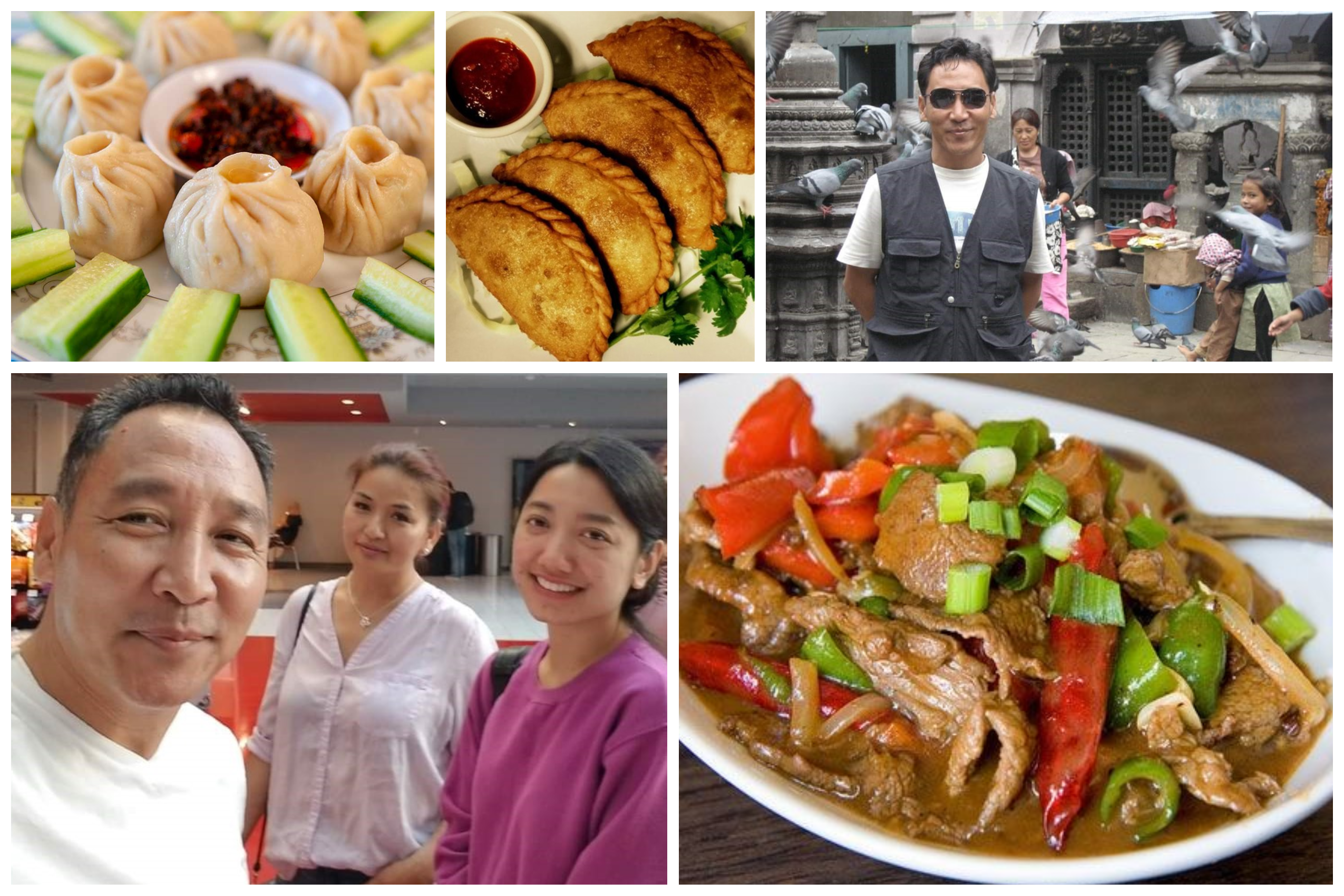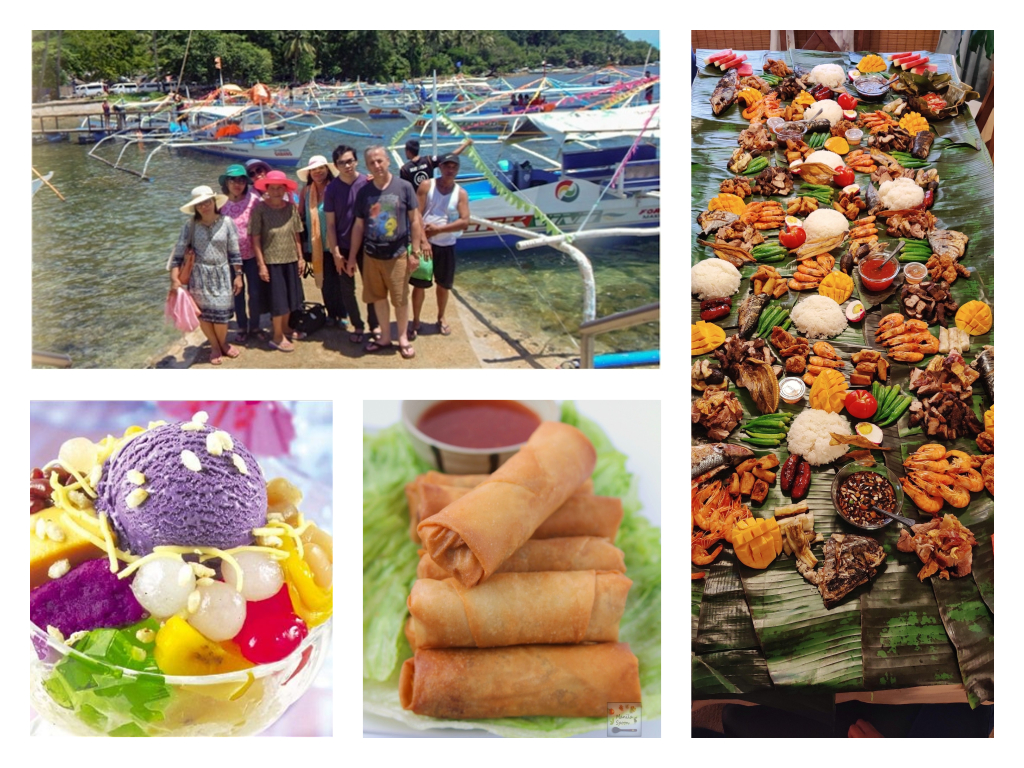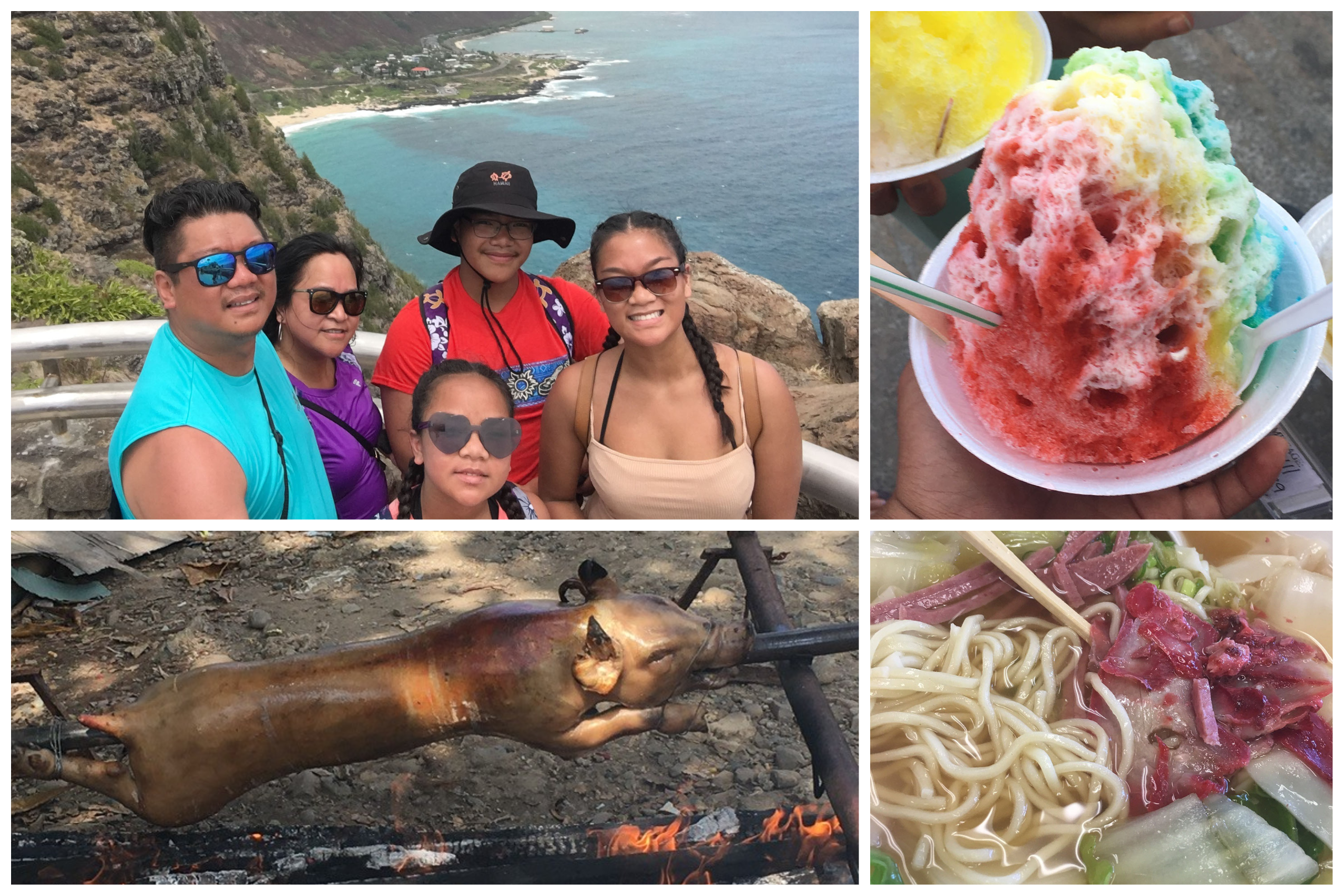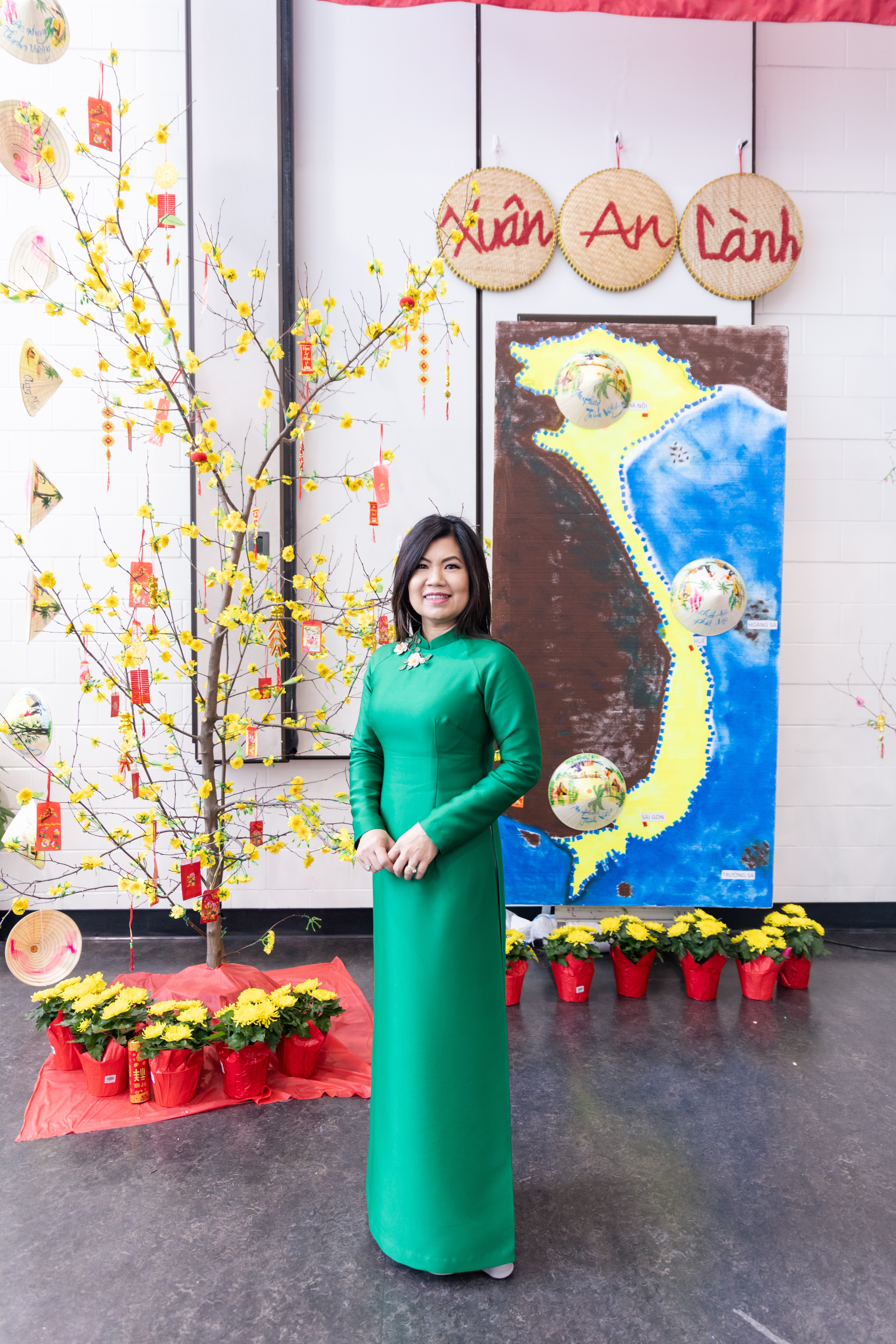May is Asian/Pacific American Heritage Month. To celebrate, AAPI employees were invited to talk about some of their favorite dishes.

Phuntsok Dhundup, Assistant Transportation Manager
Tell us a little bit about your background and your role at Metro Transit.
I'm a Tibetan, was born in India and immigrated to the United States after the passage of the Immigration Act of 1990. The act granted 1,000 immigrant visas to Tibetans living in India and Nepal. Over the years, I gradually reunified with family members. In 2009, I moved to the Twin Cities. Minnesota has the second-largest Tibetan American community in the United States. The early days were hard, but Tibetans have a well-deserved reputation as being sincere and hard workers. I joined Metro Transit in 2010 as a bus operator and later became a relief instructor. I've been an assistant transportation manager since 2015.
What are some of the traditional foods you'd enjoy in an everyday setting?
Shab tra, which is stir fried meat with celery, carrots and fresh green chili; sha phaley, which is bread stuffed with seasoned beef and vegetables; and thenthuk, which is hand-pulled noodle soup (wheat flour dough, mixed vegetables and some pieces of mutton).
What is a favorite food you enjoy at a special celebration?
Tibetan dumplings, known as momos. They're juicy and usually served with soup and Tibetan hot sauce. I often invite my friends to Tibetan special events because celebration of diverse culture and tradition is an important part of education.
Where can you find Tibetan food locally?
Although the best Tibetan food is back in Tibet, Nepal and India, westernized version can be found at Tibet Kitchen, on Nicollet Avenue in Minneapolis.

Imee Clark, Facilities Administrator
Tell us a little bit about your background and your role at Metro Transit.
I was born and raised in the southern part of the Philippines, on an island called Mindanao. My mother is half Filipino and half Spanish (from Spain) and my father is of Malaysian, Burmese, and Middle Eastern heritage. I immigrated to the U.S. back in the ‘80s. I am happily married and have two wonderful children. I worked for American Medical Systems, and Northwest/Delta Airlines prior coming to work at Metro Transit as a facilities administrator.
What are some of the traditional foods you’d enjoy in an everyday setting?
I have so many favorites but pancit, Lechon and lumpia are the dishes I like the most. We serve these foods at parties, Fiesta celebrations and other special occasions. You can find Pancit, lechon and lumpia dishes in every Filipino restaurant menu across our country.
There are two kinds of pancit – Pancit Bijon, made up of long, thin, translucent rice noodles, and Pancit canton, made up of egg noodles. The noodles are stir fried with vegetables and the meat or seafood of your choice.
Lumpia are spring rolls with ground pork, chicken, or beef. We wrap the stir fried meat and vegetables in thin crepes called Lumpia wrapper, deep fry them to golden perfection, cut and serve. Lumpia is served as appetizer in many restaurants.
Being a Pacific Islander and growing up next to the ocean, I also eat a lot of fish – steamed, grilled or cooked in the stove with homemade sauces. And we have all kinds of sweets, like Leche plan, cassava cake, halo halo, rice cake, fruit salad and macaroni salad that are served as deserts. Halo-halo is one of my favorites.
What is a favorite food you enjoy at a special celebration?
Lechon, or roast pig, is the main attraction at every special occasion or celebration in the Philippines and it’s one of my favorite foods.
Where can you find Filipino food locally?
In Minneapolis, we have an upscale Filipino-American Bistro with a good selection of dishes called APOY on Nicollet Avenue. On Thursdays, they also have boodle fight kamayan, which is when you share a meal without dishes or utensils. It’s a fun dining experience to share with friends and family.
 Sgt. Tommy Eam, Metro Transit Police Department
Sgt. Tommy Eam, Metro Transit Police Department
Tell us a little bit about your background and your role at Metro Transit.
I was born in Cambodia, where my father served in the Cambodian military and my mother was a nurse. At that time, the Cambodian Civil War was raging and when the Khmer Rouge defeated government forces my family spent years in refugee camps in Thailand and the Philippines before eventually coming to America. Even though I didn't spend much time in Cambodia, I am very in tune with its culture and identify with it closely. I've worked at the Metro Transit Police Department for the last seven years. Currently, I'm serving as a Sergeant for the night shift.
What are some of the traditional foods you'd enjoy in an everyday setting?
Rice is a common staple that I have with almost any meal, whether it's meat, eggs or soup. A spicy salad made with unripe papaya is another everyday food that is often shared with others. But as far as cooking, I have been blessed with five sisters who are great at preparing traditional food, including one who is a professionally trained chef who makes delicious/beautiful food.
What is a favorite food you enjoy at a special celebration and please describe that celebration?
A special celebration my family enjoys is offering food to our ancestors and close family members who have passed away in a celebration called Phchum Ben. Throughout the year, my family will make offerings to our mother, father and sister to show them we still care about them and think about them. Traditional food we use for these celebrations include roasted duck, Cha Kroueng (lemongrass chicken), and, my favorite, Gang No Mai (bamboo/yanang/mushroom soup).
What are some key ingredients, spices, or a recipe you'd recommend to someone interested in Cambodian food?
Fish sauce, finely chopped lemongrass, lime leaves and oyster sauce. All four of these ingredients are versatile, great for marinating meats and enhance the flavor of whatever you're eating.

Robert Rubianes, Electro Mechanical Technician
Tell us a little bit about your background and your role at Metro Transit.
My parents immigrated from the Philippines to Hawaii in 1970. Like a lot of people from the Philippines who moved to the United States, they were looking for more opportunity. I was born and raised in Hawaii and joined the Navy after I graduated. I moved to Minnesota shortly after getting married in 2000 and worked as a printing press operator until I started working at Metro Transit in 2014.
What are some of the traditional foods you’d enjoy in an everyday setting?
The main Filipino dish I enjoyed growing up and still enjoy today is adobo, which is braised pork with soy sauce and vinegar. If there was a national dish in the Philippines this would be it. I also enjoy pancit, which is rice noodles with lots of vegetables and pork, chicken or shrimp.
Being from Hawaii, I also like kalua pig (pulled pork), lau lau, which is pork or fish steamed in a taro leaf, and poke, which is raw tuna or fish. And, unless you’ve had it from Hawaii, you’ve never really had shaved ice. It’s not chunks of ice but finely shaved ice that comes with ice cream and azuki beans at the bottom.
What is a favorite food you enjoy at a special celebration?
Lechon, which is whole roasted pig that is cooked rotisserie-style with lemongrass, garlic and lots of spices. Other Asian ethnicities have something similar, and this is the Filipino version. I’ve been to a few weddings where this was the centerpiece, and you’ll also find it at graduations and special birthdays.
Where can you find Filipino food locally?
In Saint Paul, there’s Pinoy Fusion, inside Phil Oriental, and Manila Sizzling Wok, which are both on University Avenue. In Minneapolis, there’s Ono Hawaiian Plates in the North Loop Gallery. And, if you can find it, MinneSnowii is a shaved ice truck that offers something close to what you find in Hawaii that goes to some of the county fairs.
 Hanh Tran, Manager-Accounting
Hanh Tran, Manager-Accounting
Tell us a little bit about your background and your role at Metro Transit.
I was born and raised in Vietnam. My family and I came to Minnesota in November 1991 through the Humanitarian Operation (HO) program. Today, I'm responsible for Transit Asset Management (TAM) at Metro Transit. I also coordinated and work with Metropolitan Transportation Services (MTS) and suburban providers on their TAM plan.
Describe a traditional food you make in an everyday setting.
Pho bo`. It's a light beef noodle soup, served hot, that never fails to bring comfort when you're in a dark mood. It takes a while to make, but when made correctly it is worth it.
What is a favorite food you enjoy at a special celebration?
Banh chung. It's typically made during Tet, which is the Vietnamese celebration of the Lunar New Year and can last from two days to two weeks. Banh chung can be described as a cake made with sticky rice, mung beans and pork belly. It is very soft and filling, especially when served hot.
What's a Vietnamese ingredient you'd recommend?
Fish sauce is essential to Vietnamese cuisine. You can't serve Vietnamese food without it. It's just the right amount of salty and really brings out the flavor.